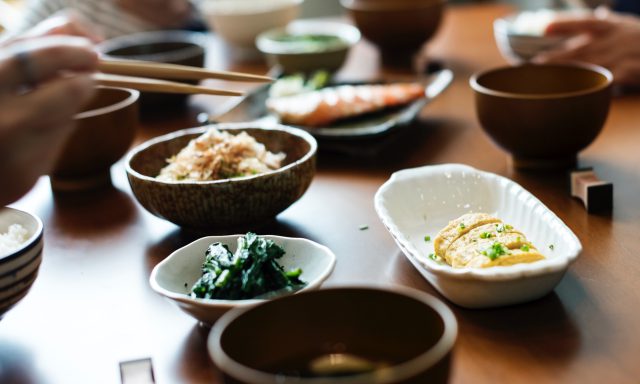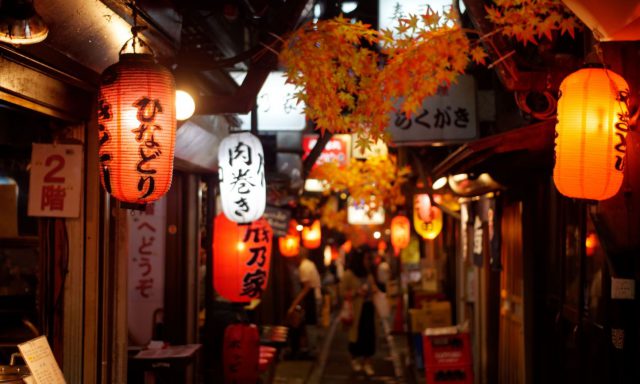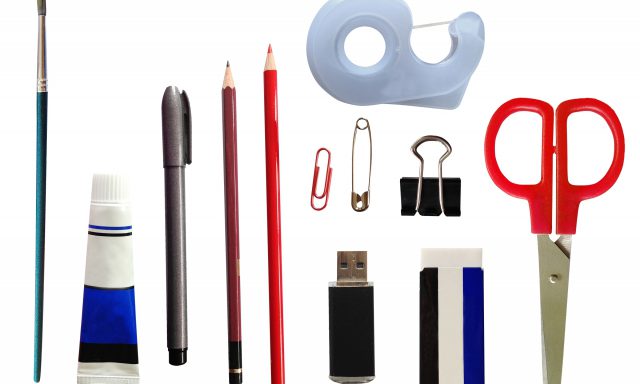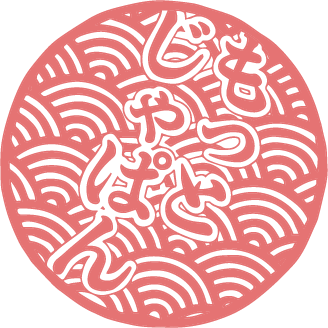Japanese Denim
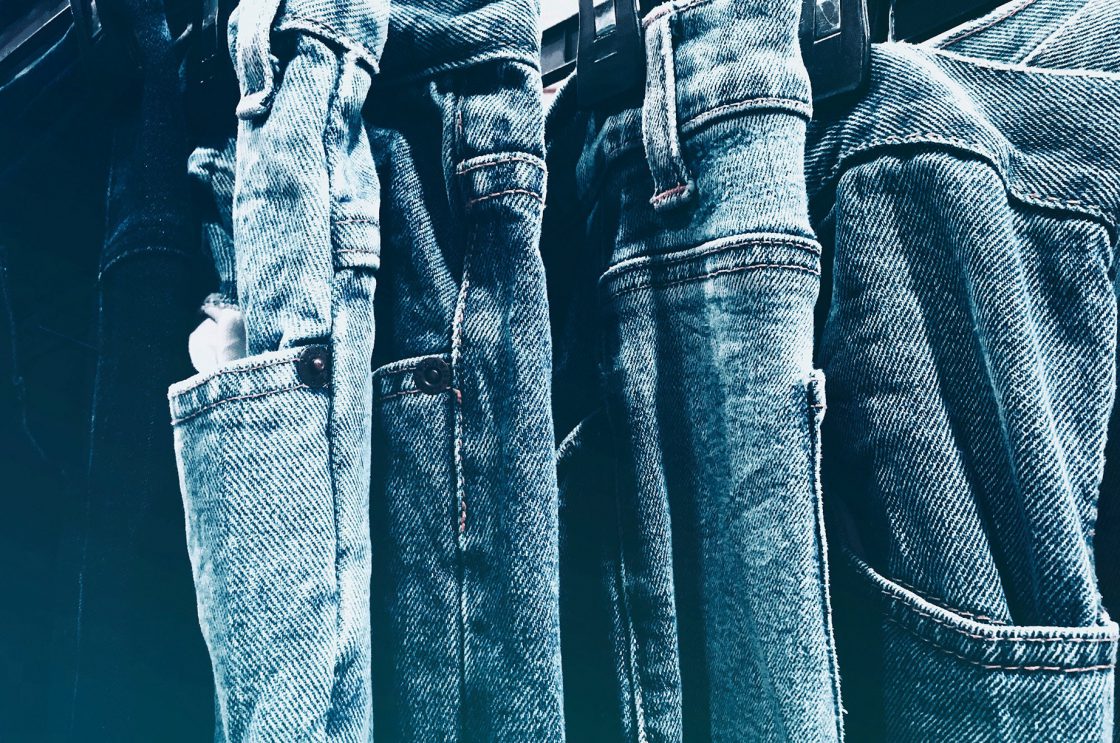
| Gaining praise from enthusiasts the world over, Japanese denim is rooted in humble beginnings and artisans continue to weave the fabric on vintage shuttle looms using old techniques. Take a moment to explore the history of denim in Japan and get to know some of its oldest and most famous names. |
Where it began
It is common knowledge that denim has been made in the USA since the mid-19th century and jeans were initially created as a form of workwear due to their durability. Denim because popular in Japan during the 1950s and Japanese sellers would import jeans to sell to consumers at a premium. In the 1960s the first pair of Japanese were produced in Kojima, Okayama.
Kojima
Kojima is a district within modern-day Kurashiki City, Okayama Prefecture. Okayama prefecture has always played a significant role in Japan’s textile industry. As the land in the area was not suitable for raising rice, the cultivation of cotton began in the 17th century. In its earlier stages, the area focused on the production of kimono belts and straps and later expanded and changed production to meets the demands of the market. Today, Kurashiki is famous for the production of hampu – a type of thick and durable canvas often used in boat sails – and denim which is used for clothing such as jeans. The latter is largely based in Kojima where Jean Street draws in tourists and consumers from around Japan and the world.
The Denim
The creation of denim in Kojima is an artisanal craft. Most crafters do not use modern high-speed looms but old shuttle looms left from the 1960s. Not only does this mean that they cannot produce at the same speed or volume as mass-producing companies (only 15% the speed) but it also means that they are fully responsible for the maintenance of the machines and making their own replacement parts. In turn, this means that the fabric has a lot more contact with human hands.
Selvage cloth woven from these machines is generally tighter and denser than the mass-produced variety. It may also bear small imperfections, that is to say, signs of the human work involved in the weaving process. This not only makes for a durable garment but also something that is unique and becomes especially distinct depending on how the owner wears it.
The Dye
Why many producers have chosen to use synthetic dyes for the majority of the products, others choose to stick to natural dyes, especially for use in their premium products. The natural dye of choice is often Japanese indigo made by fermenting the leaving of the indigo and its use in the country can be dated back to the 7th century. The color was traditionally used in kimonos, yukata, wraps, and other types of cloth and has found a modern application in Japanese blue jeans and other apparel. Shades of indigo can vary from near-white to almost pure black and the dye itself is said to possess antibacterial, anti-odor, and even insect repelling qualities. It is one of the characteristic colors of Japan and is highly prized amongst its people.
The Bottom Line
In the 1990s, the Japanese denim saw an increase in popularity among young people in the country. Since then, the attention and care that denim artisans put into their work have started to gain the attention of the world. Though price tags may deter some buyers, keep in mind that the cost of a pair of Kojima jeans is well justified. Not only did a lot of time, thought, and effort goes into making the jeans, the product is also one that is unique, high quality, and built to last – to mention, they look really good. The next time you’re looking at a pair of real Kojima denim, remember that you’re not just paying for a name but something truly special.

